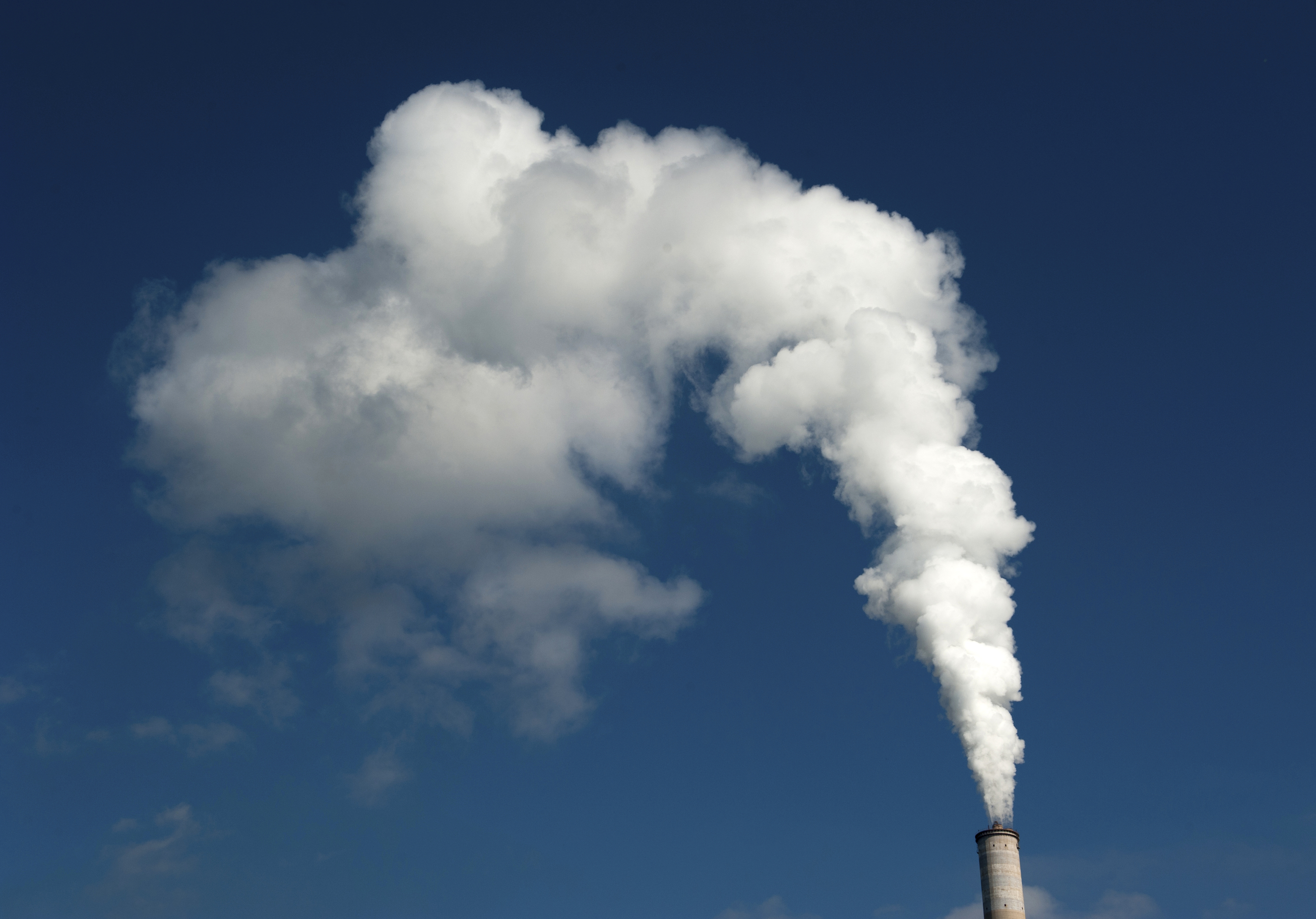The G20 states are responsible for 74.9% of global greenhouse gas emissions. From 1990 to 2013, their absolute energy-related CO2 emissions have increased by 56%. Preliminary data from the International Energy Agency for 2014 and 2015, however, suggests that global energy-related CO2 emissions have plateaued. While detailed data is not yet publicly available, this most likely implies that these emissions also stopped increasing in the G20 member states. If global temperature increase is to be kept “well below 2°C, pursuing efforts to keep it below 1.5°C”, as the Paris Agreement mandates, then absolute emissions have to be drastically reduced in the near future.
A slightly different picture emerges when looking at per capita energy-related CO2 emissions. In the majority of G20 countries (12), these emissions are no longer growing. The G20 average of per capita energy-related CO2 emissions is 5.7tCO2e/y (2013). Estimates show that, in 2050, these emissions should be between around 1 to 3 tCO2e/y, if global temperature increase is to be limited to 2°C, showing the scale of transition in the economies needed. If temperature increase were to be held “well below 2°C”, as the Paris Agreement mandates, this would require even stronger reductions, and even further cuts for 1.5˚C.
Of all the G20 member states, Australia, Canada, Saudi Arabia and the United States stand out with by far the highest per capita energy-related CO2 emissions. Saudi Arabia, South Korea and Japan still show an increase over the five-year period 2008-2013. Argentina and South Africa have declining per capita emissions, as with the EU and its big member states Germany, France, Italy and UK.
Brazil, India and Indonesia have the lowest per capita energy-related CO2 emissions among the G20 countries, although there is a relatively strong upward trend in Brazil and India. China’s per capita emission are now above the G20 average: at 38%, China has the highest growth rate between 2008 and 2013.
Cumulative emissions are the best indicator for the effects of climate change, but they have no predictive value when it comes to assessing whether a country is transitioning to a low carbon economy. For this purpose, this report presents decarbonisation indicators which describe the role of carbon in the economy and the power sector.








